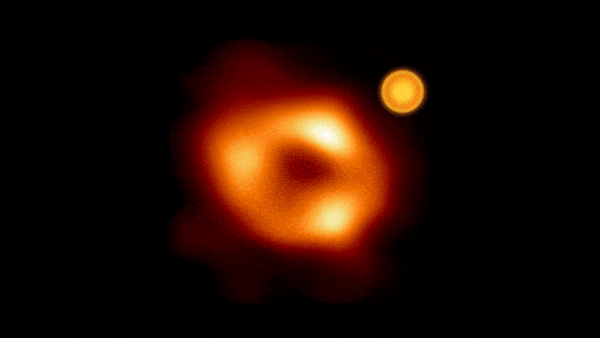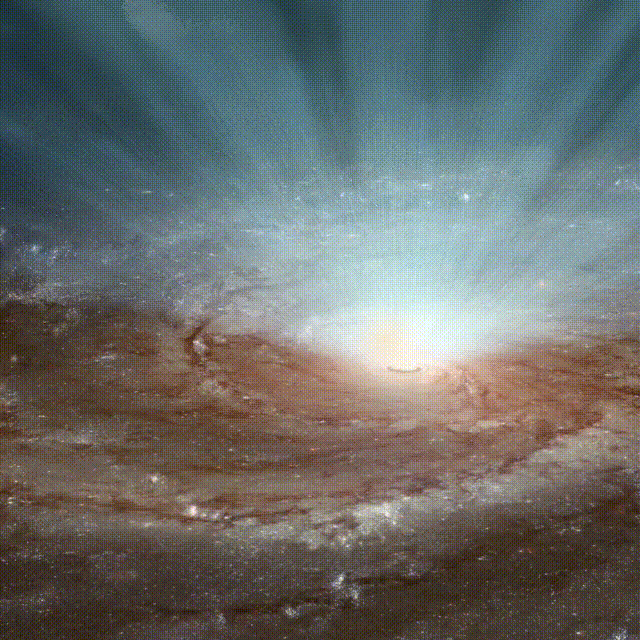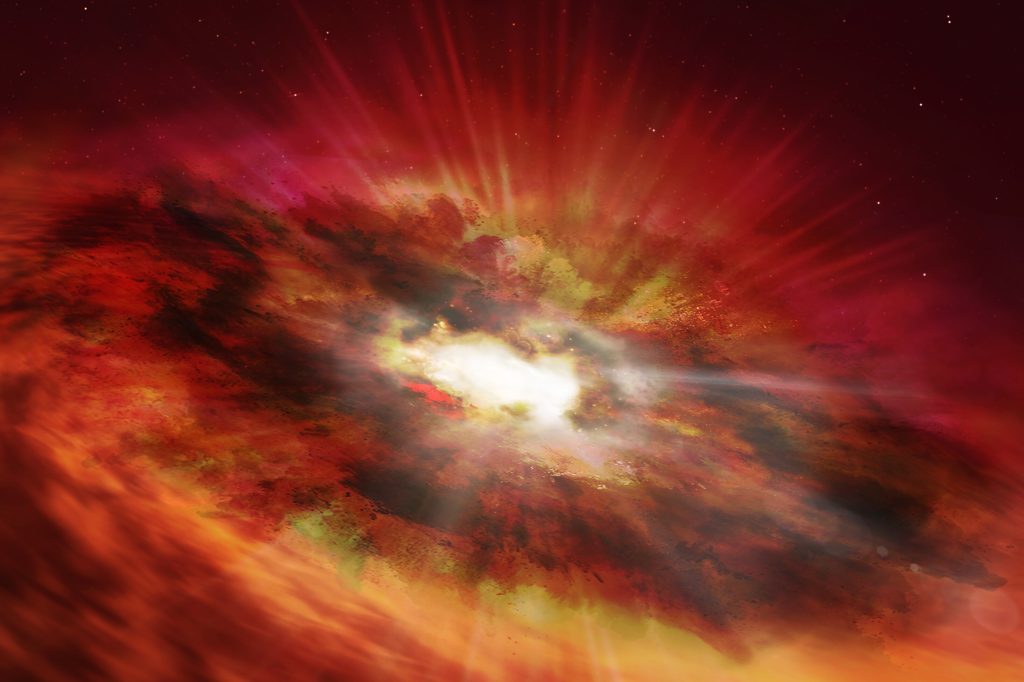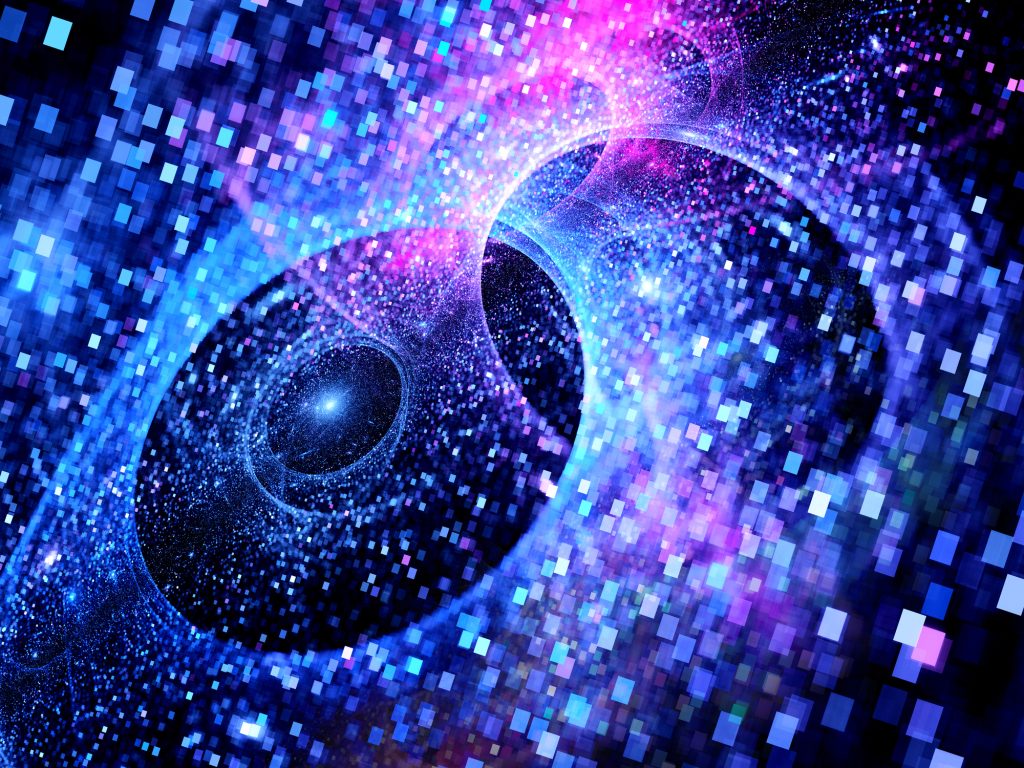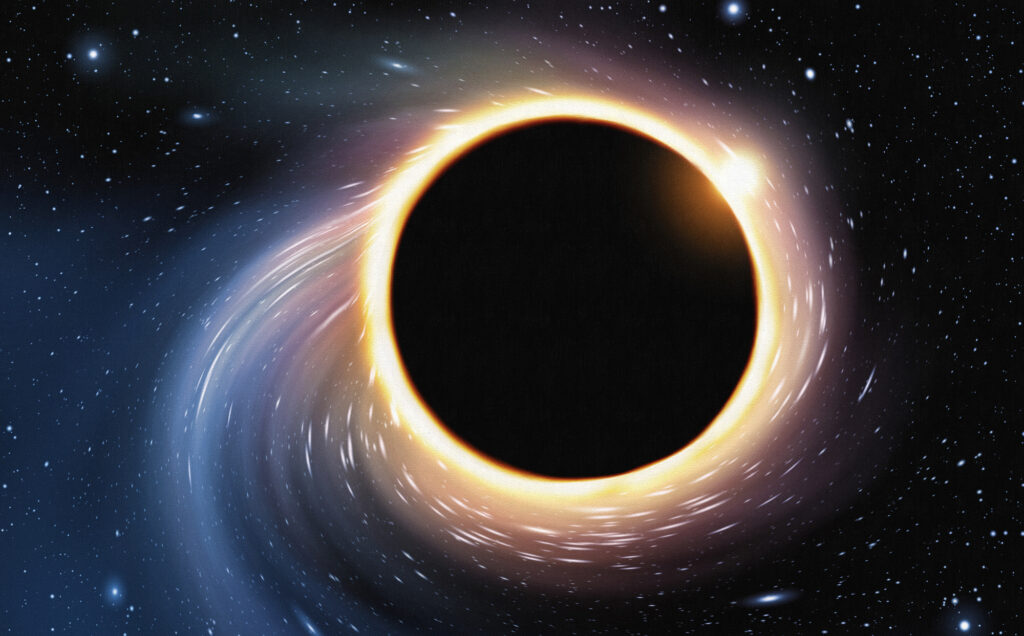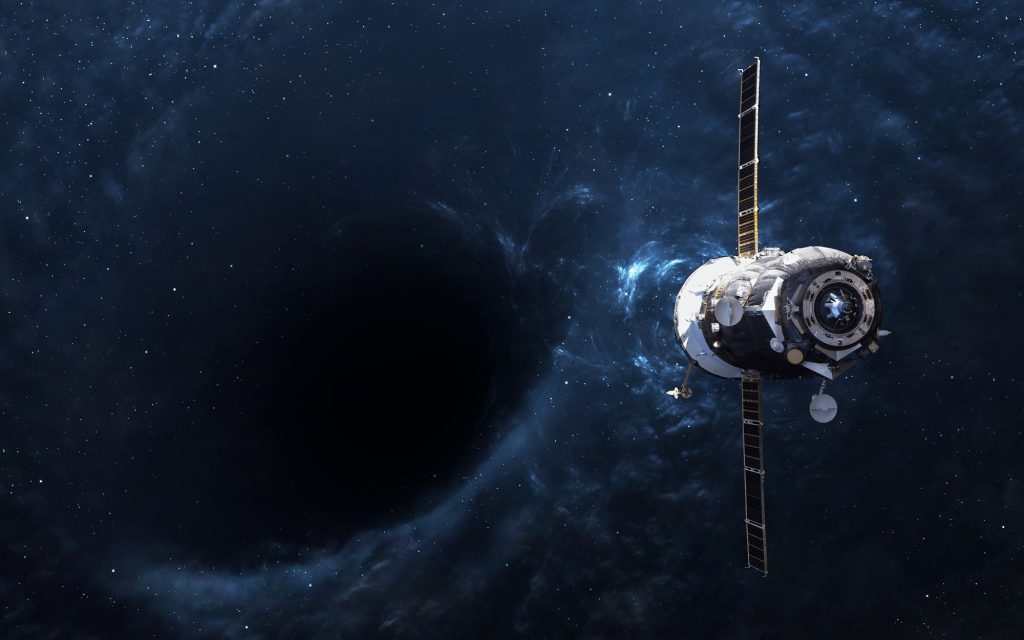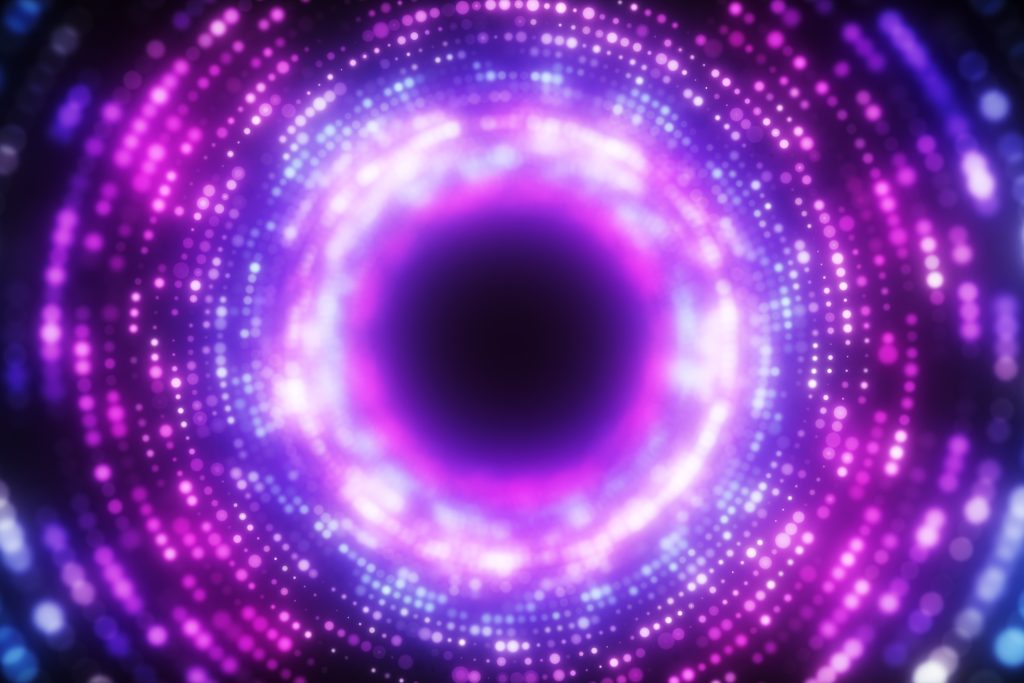Gas bubble chases around core of Milky Way
Astronomers have discovered a hot gas bubble rotating clockwise around the black hole Sagittarius A* - the core of our Galaxy. However, this bubble has not been found directly, but via an accompanying phenomenon: flares in the X-ray range, which have been detected again and again, starting from the black hole Sgr A*. Since nothing can leave the black hole itself, a phenomenon in the immediate vicinity must be responsible - the gas bubble. (more…)
